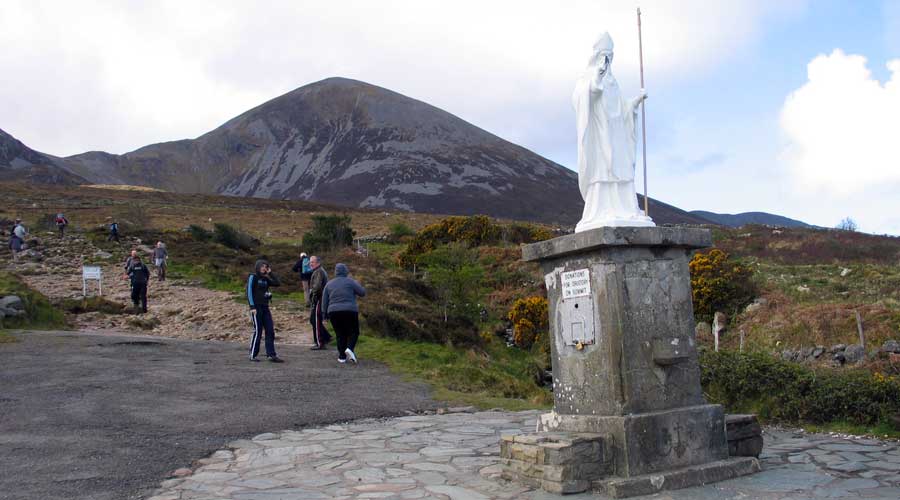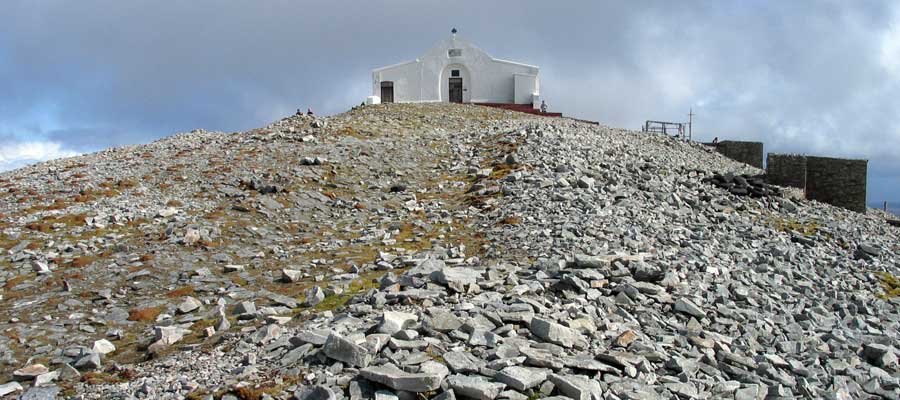Croagh Patrick
Croagh Patrick is one of the most unusual, wonderful and sacred mountains in Ireland. It rears up 710 meters from the south shore of Clew Bay by the Mayo town of Westport. The pyramid shaped 'Reek' or cone of the summit forms a spectacular landmark which is visible from many miles away - indeed it can be seen from many of Connaught's ancient sites.
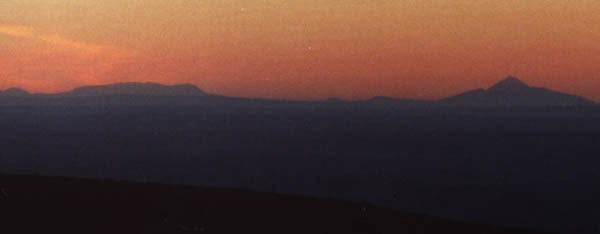
The old name for the mountain is Croghan Aigle, which might be translated as the Eagle's Peak. The work Croghan in Irish usually refers to a conical shape, and several other sites have it, including Croughan peak in Sligo's Ox Mountains and the ancient capital of Connaught, Rath Croghan. The mountain is ringed by old sites, monuments and standing stones - it was obviously held to be sacred from ancient times. There may also be links with one of the oldest Irish deities, Crom Cruach, a harvest god who has associations with the Mountain.
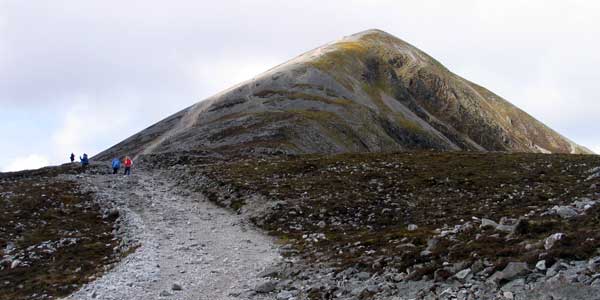
Today it is best known for its associations with Ireland's national saint, Patrick, who is said to have spent forty days and nights on the summit where he wrestled with demons who came to him in the form of blackbirds. On some days of the year, including St Patrick's Day and Garland Sunday (the last Sunday in July), thousands of pilgrims ascend the mountain as a ritual act of penance. Some do it barefoot - a painful and bloody experience as some of the old pictures in Campbell's Pub at the foot of the Mountain attest. If you are going to climb the Reek, wear strong boots and bring a stick; the last stretch to the summit is quite steep and strewn with scree. Throngs of visitors have worn a deep path to the top of the mountain. There is a relatively modern Catholic church located on the summit, and masses are said there on pilgrimage days.
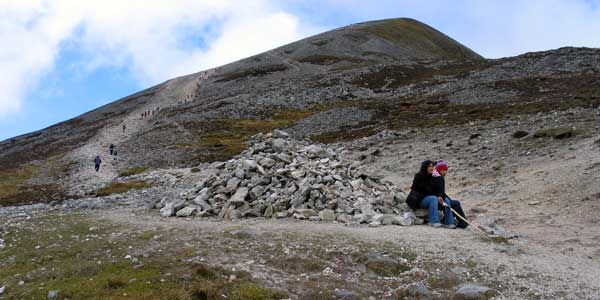
Recent archaeological work by Michael Gibbons and others have uncovered some interesting remains on the summit of the Mountain. They discovered an enclosure at the summit, shaped like a peanut or giant footprint. This was probably an ancient cashel, or stone fort. Around this are up to 40 small circular enclosures which give the impression that ancient pilgrims might have camped in them. Within the enclosure, the remains of an early Christian church, similar in size and construction to the famous Gallarus Oratory near Dingle. The foundations of this building are all that remain - buiried under the rubble and debris of hunderds of thousands of pilgrims.
On two dates during the year, April 18th and August 24th, the sun appears to roll down the cone of Croagh Patrick when viewed from the Boheh Stone, a pre-historic monument covered with ancient carvings.

